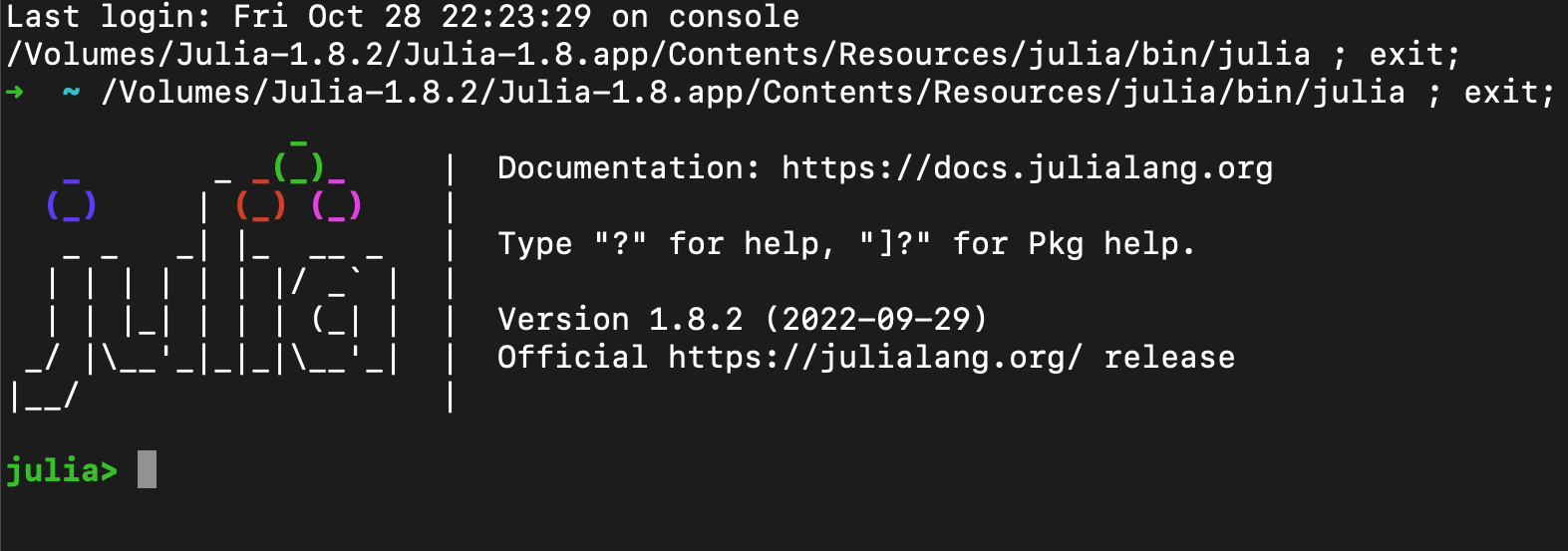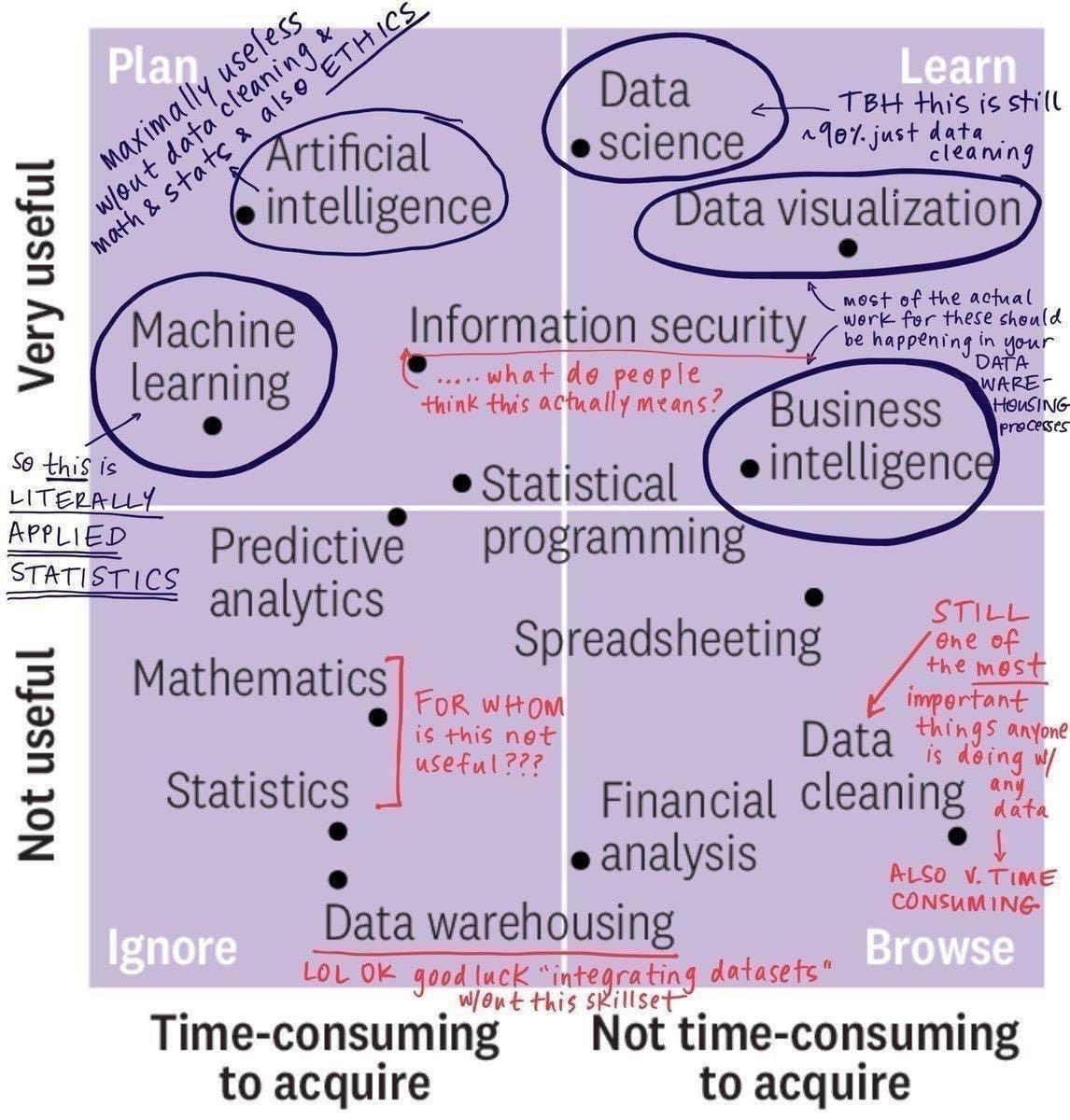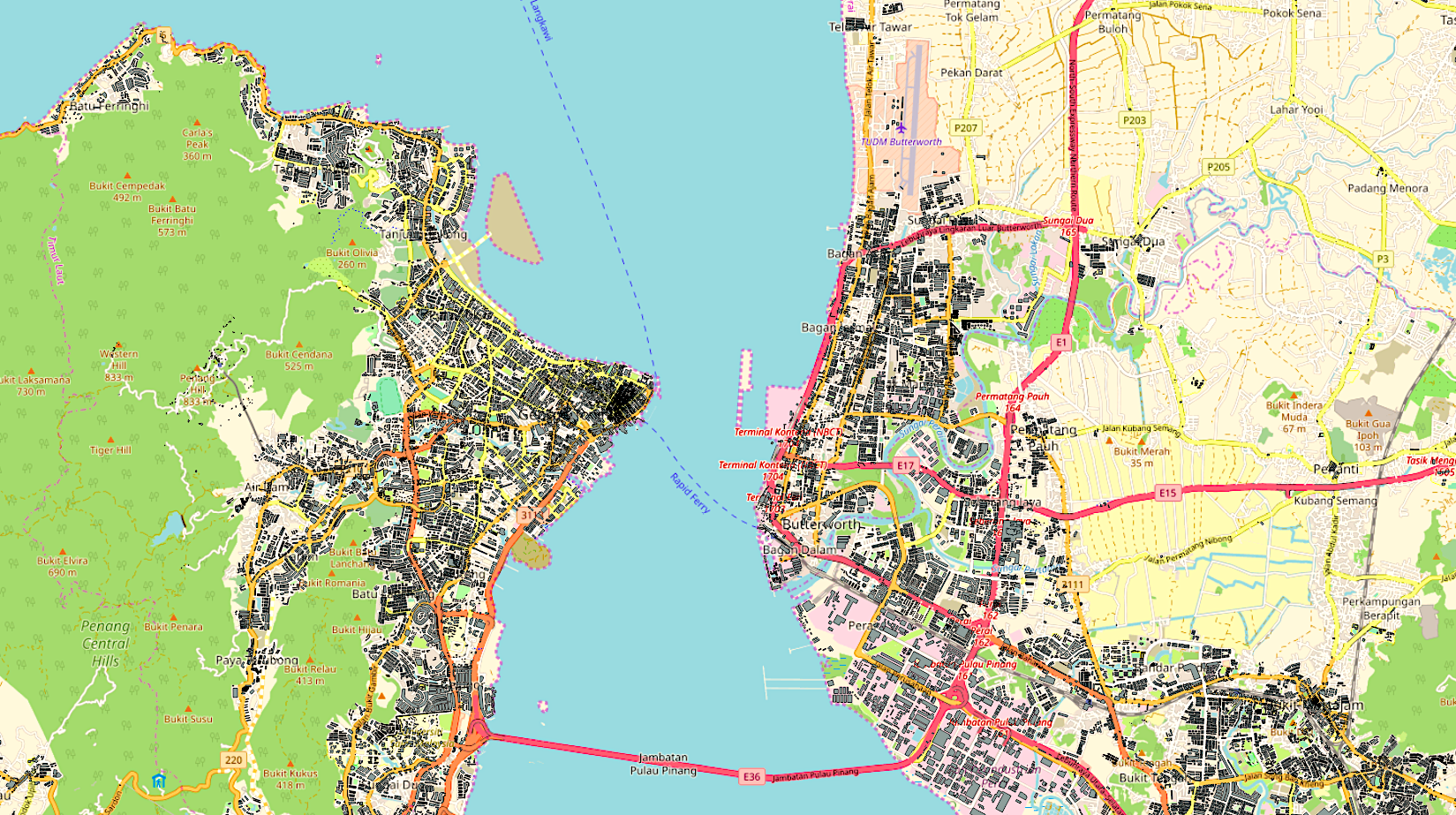Multi-Task Learning, a Sentiment Analysis Example
The article explains the concept of multi-task learning using an example of aspect based sentiment analysis. This POC solution can be used to generate rating scores for pre-defined aspects of real world product or services out of the customer reviews.






